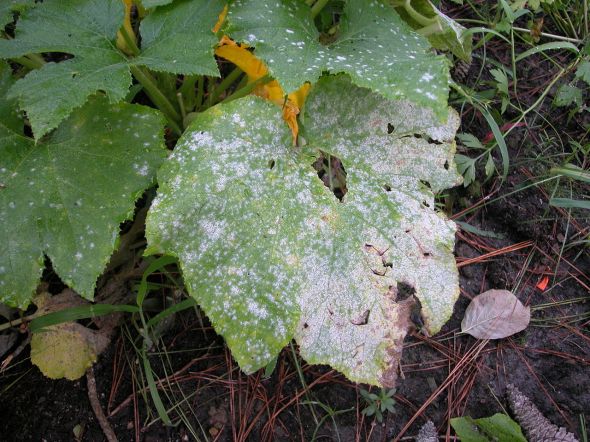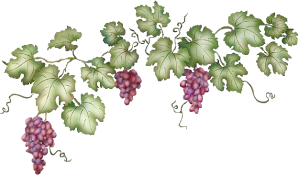Controlling Powdery Mildew Organically
Powdery mildew is a fungal disease that affects a wide range of plants. Powdery mildew diseases are caused by many different species of fungi in the order Erysiphales. It is one of the easier diseases to spot, as its symptoms are quite distinctive. Infected plants display white powdery spots on the leaves and stems. The lower leaves are the most affected, but the mildew can appear on any above-ground part of the plant. As the disease progresses, the spots get larger and denser as large numbers of asexual spores are formed, and the mildew may spread up and down the length of the plant. Powdery mildew grows well in environments with high humidity and moderate temperatures. In an agricultural setting, the pathogen can be controlled using chemical methods, genetic resistance, and careful farming methods. It is important to be aware of powdery mildew and its management as the resulting disease can significantly reduce crop yields.
http://en.wikipedia.org/wiki/Powdery_mildew
Using Milk to Prevent Powdery Mildew
Wednesday, May 16, 2012 by Barbara Pleasant
Squash leaves can be susceptible to powdery mildew
You don’t have to garden long to become acquainted with the disease called powdery mildew, which creates whitish patches on the leaves of pumpkin, winter squash, and other members of the cucumber family. A fast-growing fungus, powdery mildew is also among the worst enemies of rosemary, and is a well-known disease of monarda, grape, and zinnia. Each of these unrelated plants hosts a different strain of powdery mildew, but I have found that they all can be controlled with regular sprays of milk and water.
What is Powdery Mildew?
To understand how milk sprays prevent powdery mildew and thus use them most effectively, you must first understand your enemy. Powdery mildew fungi are present in many environments, so that even in the cleanest gardens, outbreaks can begin from spores spread by windblown rain, or on the feet of insects and birds. But when the right strain of powdery mildew finds a suitable host plant, it quickly sinks root-like structures into the cells on the leaf’s surface. There is stays, taking nutrition from the leaf while developing a matrix of thread-like structures over the surface. This is when we gardeners notice unusual patches of white or light gray with a powdery or furry texture, usually on the top sides of leaves.
Full Blog Here ~ http://www.growveg.com/growblogpost.aspx?id=242
See Also …
Powdery Mildew ~ Steps to prevention
http://www.organicgardening.com/learn-and-grow/powdery-mildew
Fungicide Spray Removal With Organic Milk for Powdery Mildew
http://homeguides.sfgate.com/fungicide-spray-removal-organic-milk-powdery-mildew-49341.html
How to Kill Powdery Mildew Spores in the Soil
http://homeguides.sfgate.com/kill-powdery-mildew-spores-soil-74601.html







Recent Comments